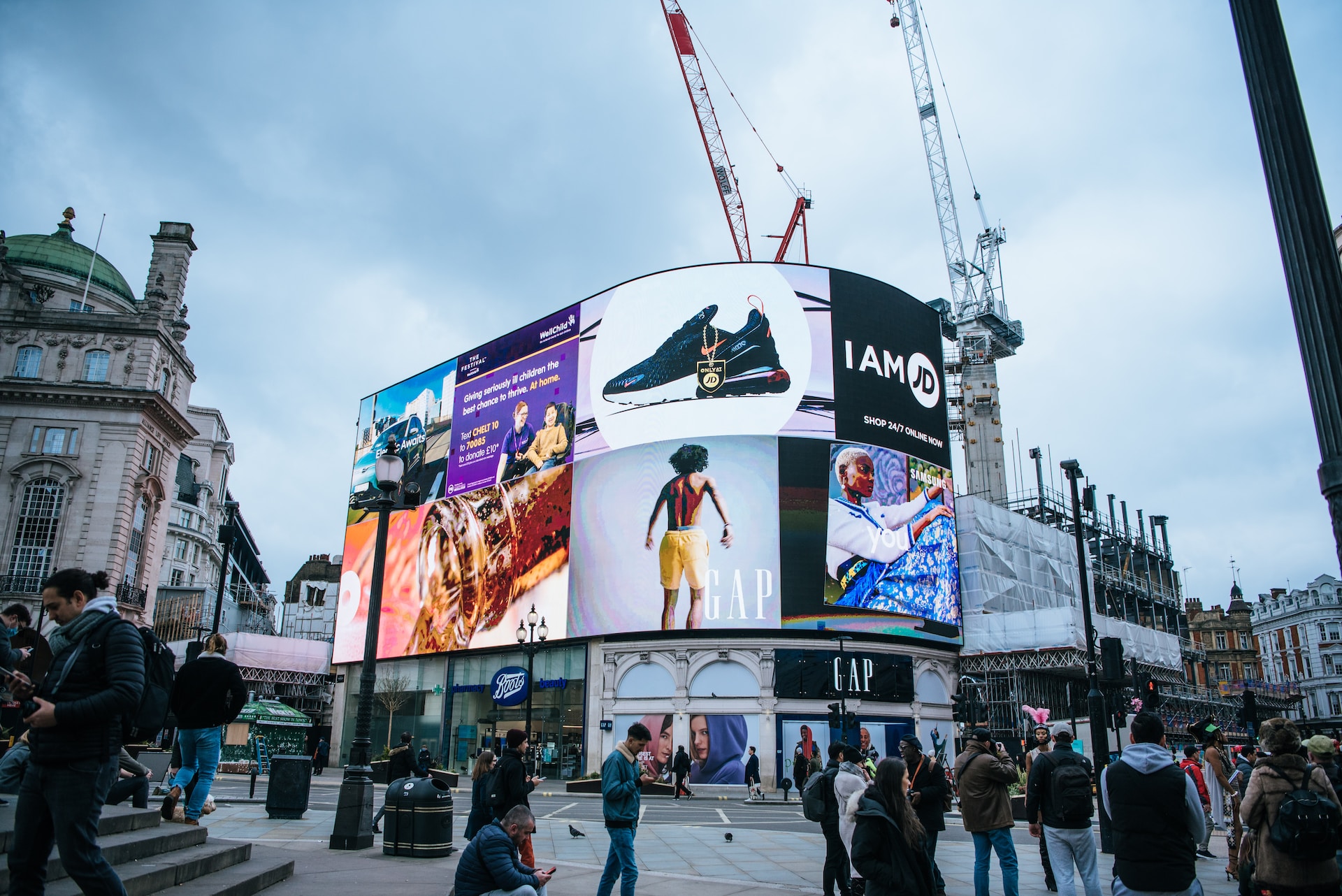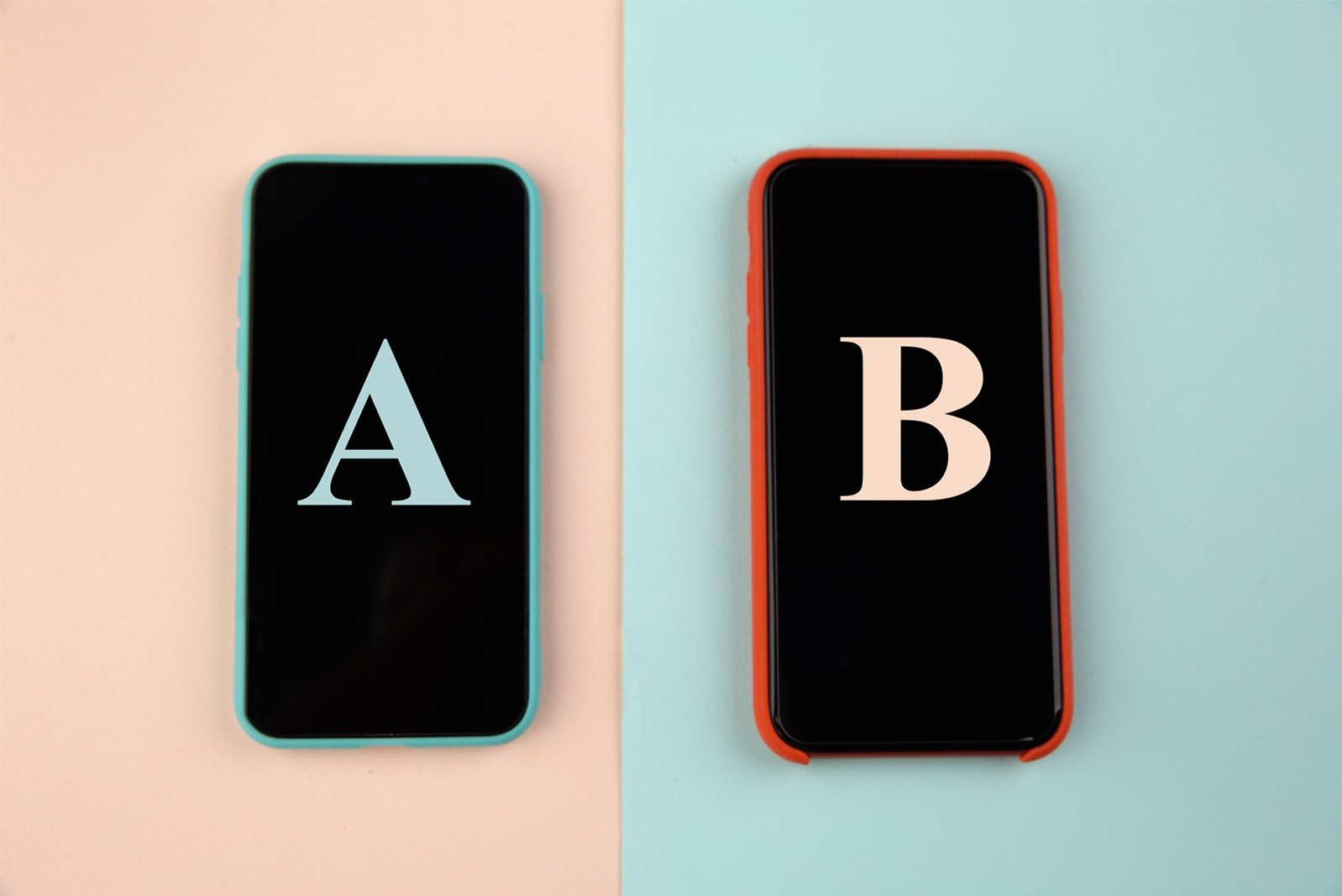Posted on July 26, 2023
Updated on August 16, 2023
5 min read time

Advertising in today's world requires extensive preparation and expertise. Traditional and digital advertising costs are rising, the competition is fierce, and data privacy laws increasingly limit targeting.
Considering these factors, marketers should spend more time testing their ideas to understand their audience better, gain a competitive advantage, and smartly allocate ad budgets.
In this article, we dive into why ad testing matters, A/B and multivariate testing, and above all, how to create ads that people will love. We'll also walk you through the ProQuo AI Creative Testing tool, allowing you to test creative assets before launching campaigns.
While TV ad spending might be impressive, with over $150 billion, it's nothing compared to the amount invested in digital media. Digital ad spending in 2023 is projected to be over $600 billion. And it's clear where most marketers allocate their resources.
Here are just a couple of astonishing statistics from the world of digital ads:
The skyrocketing popularity of digital advertising means that the competition is fiercer than ever. Advertisers must go beyond simply reaching their target audience; they must make ads that people genuinely love.

In general, ad testing enables marketers to evaluate and analyze the performance of advertisements. It involves running experiments and gathering data. By measuring various metrics, you can determine the impact of ads on your target audiences.
Here are just a couple of benefits of ad testing to consider:
Of course, there is a lot to gain from running successful ad campaigns. But how do you make sure the right audience sees the right ad?
To us, marketers' greatest challenge is to truly understand their audience: who they are (and how to reach them) and what they like (and how to appeal to them).
In the digital world, you can create custom audiences based on demographics (segmentation) or past behavior (remarketing) to increase relevance and engagement. However, recent developments make this a more significant challenge.
The introduction of GDPR (General Data Protection Regulation) in the European Union has significantly impacted the paid social landscape. Advertisers must comply with stricter rules and use data that follows regulations for segmentation. Previously, advertisers could access extensive data from various sources to create highly specific audience segments.

A/B and multivariate testing are the most used testing methods for digital ads, including Facebook Ads and Google Ads.
Simply put, A/B testing involves testing different versions of an advert to determine the most effective one for the target audience. Advertisers compare click-through rates, conversion rates, and engagement levels to identify which version performs best.
Multivariate testing is a more sophisticated version of A/B testing where advertisers simultaneously test multiple variations of ad elements. These variations are then tested against each other to find the best combination of elements. Multivariate testing provides insights into the specific impact of different creative components and their interactions, leading to more precise optimization.
Whether brands like yours use A/B or multivariate testing, one thing is certain: it's not cheap. Since ad revenue is the cornerstone of financial stability for companies like Facebook and Google, the price of advertising has increased significantly. For example, the cost per lead for Google Ads has gone up in 91% of sectors year on year, according to WordStream.
Adding to the fact that most markets are saturated with ads, it's no wonder that "about 70% to 80% of people completely ignore paid digital ads."
How do you make sure you have the attention? Well, the creative asset is worth more than a thousand words.
What's the first thing you notice when you look at an ad on social media platforms? Is it the copy or the image? You should have an immediate answer in mind.
Creative and visually appealing ads are more likely to capture attention and prompt interaction. What's more, you only get to make your first impression once. And those visual assets will shape the initial perception and determine whether the viewer will continue to engage with the ad or scroll past it. It's worth remembering that, according to modern research, users need to see an ad between 7 and 8 times to remember it.
Consistent use of visual elements such as color schemes, logos, typography, and imagery is crucial for creatives to establish and strengthen brand identity. This approach effectively develops brand recognition and recall. In one of our recent case studies, we examined how testing product packaging before launching it into the market is essential for the commercial success of a brand.
With the segmentation restrictions and the increasing cost of advertising, marketers should look for ways to ensure their ads will appeal to their audience. And doing so before a single dollar is spent on the media placement would be great, right?
That's exactly what our Creative Testing tool is about. It allows you to measure the impact of your brand assets before putting them live. Within 48 hours, you will receive at least 300 responses from real users in your category on up to three creative assets.
"If you want to know what is working and what isn’t, you need access to your data whenever you want, or need it. You can’t afford to wait until next quarter."
Danielle Wiseman, Head of Brand Partners at ProQuo AI
Creative Testing is integrated with our consumer intelligence platform. The survey works similarly to our daily brand monitoring, capturing System 1 (unconscious) and System 2 (conscious) data based on our 16 Equity Drivers. On our blog, you can learn more about how our 16 Drivers correspond to popular brand health metrics.
Here’s how our clients have used Creative Testing:
The results of the Creative Test give you your baseline brand score and the corresponding impact each of the assets made. Then, you can compare each asset's performance and decide which one you should use. It can also be that each creative performed well on a different Driver, allowing you to mix & match your ideas, depending on the key drivers that you prioritize for your brand’s aims.
What is worth noting here is that the respondents are divided into age and gender categories. It also gives you an insight into how your assets influence your users and non-users. And that's something social A/B testing is incapable of doing.
.png?width=2880&height=2944&name=6.0%20Results%20Main%20(2).png)
Moreover, you can ask eight specific questions, two per creative and two about all three. This will give you more details into what the respondents liked or didn't like about your creative, how it made them feel, and much more.
After leveraging Creative Testing for a Tik-Tok campaign, one of our clients saw a 5x add-to-cart rate increase and 4x higher order value. All thanks to genuinely understanding what shoppers in their category thought about their creative assets.
If you want to learn more about Creative Testing, don't hesitate to book a demo to see the full potential of the ProQuo AI platform.
Our intelligent platform will take your brand further, faster.
Don’t believe us?
© 2020-2023 ProQuo AI International
All rights reservedWebsite by Blend